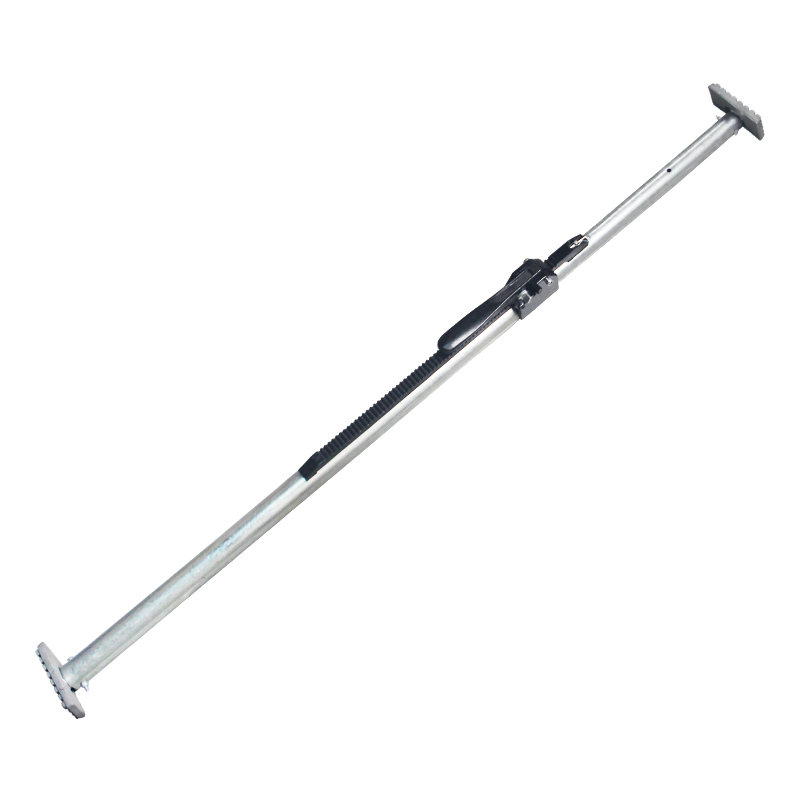Cargo Bars and Load Bars are making waves in the transportation and cargo securing industry with their ability to prevent shifting or movement of cargo during transit, ensuring safe and secure transportation of goods. These essential tools are commonly used in trailers, trucks, and shipping containers to create a barrier and provide support to the cargo, preventing it from shifting during transport.
With different sizes available, ranging from 40 inches to 108 inches in length, Cargo Bars and Load Bars offer versatility to accommodate various types of cargo and transportation needs. These bars come with adjustable mechanisms that allow for easy customization to fit the specific width or height of the cargo area, making them suitable for different types of cargo and loading configurations. Some Cargo Bars and Load Bars also feature telescopic or ratcheting mechanisms that provide added flexibility in adjusting the length, adding to their versatility.
Cargo Bars and Load Bars are used for a wide range of applications, including securing cargo such as boxes, pallets, furniture, appliances, and other heavy or bulky items. They create a secure barrier in trailers, trucks, and shipping containers, preventing the cargo from shifting or falling during transit, reducing the risk of damage to the goods or the vehicle.
The advantages of using Cargo Bars and Load Bars are numerous. They provide enhanced cargo security, ensuring that the cargo remains in place during transit, reducing the risk of damage, shifting, or falling. These bars are versatile, allowing for easy customization and adjustment to fit different cargo sizes and configurations. They are also easy to use, with adjustable mechanisms for quick setup and installation. Additionally, Cargo Bars and Load Bars are made from durable materials, such as steel or aluminum, ensuring their reliability and strength to withstand heavy loads and rough handling during transit.
However, it’s crucial to follow precautions when using Cargo Bars and Load Bars. Proper installation according to the manufacturer’s instructions is essential, including verifying the correct size, length, and weight capacity of the bars to match the specific cargo and transportation requirements. Regular inspection for signs of wear and tear is also important, and damaged bars should be replaced immediately to ensure continued safety and reliability. Adhering to the load limit capacity of the bars is crucial to prevent overloading, which can compromise their safety and effectiveness.
In conclusion, Cargo Bars and Load Bars are gaining popularity in the transportation industry for their ability to secure cargo during transit, offering enhanced cargo security, versatility, ease of use, and durability. However, proper installation, regular inspection, and load limit adherence are crucial to ensure safe and effective use of these bars in cargo securing applications. Stay ahead in the transportation game with Cargo Bars and Load Bars, and ensure that your valuable goods are securely transported to their destination.
Post time: Apr-14-2023

